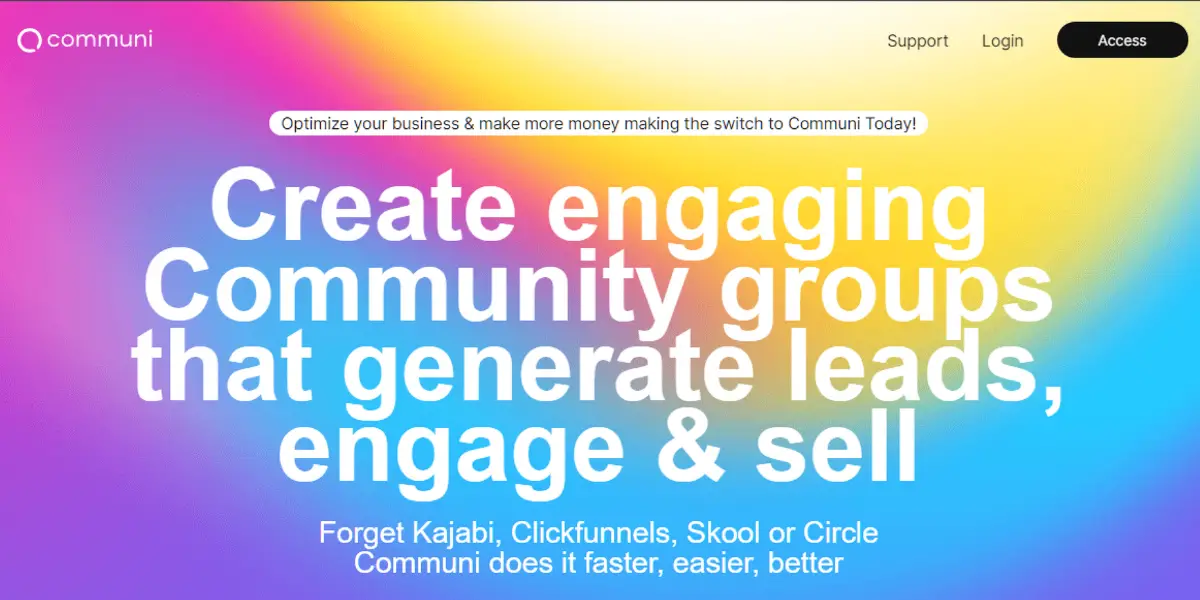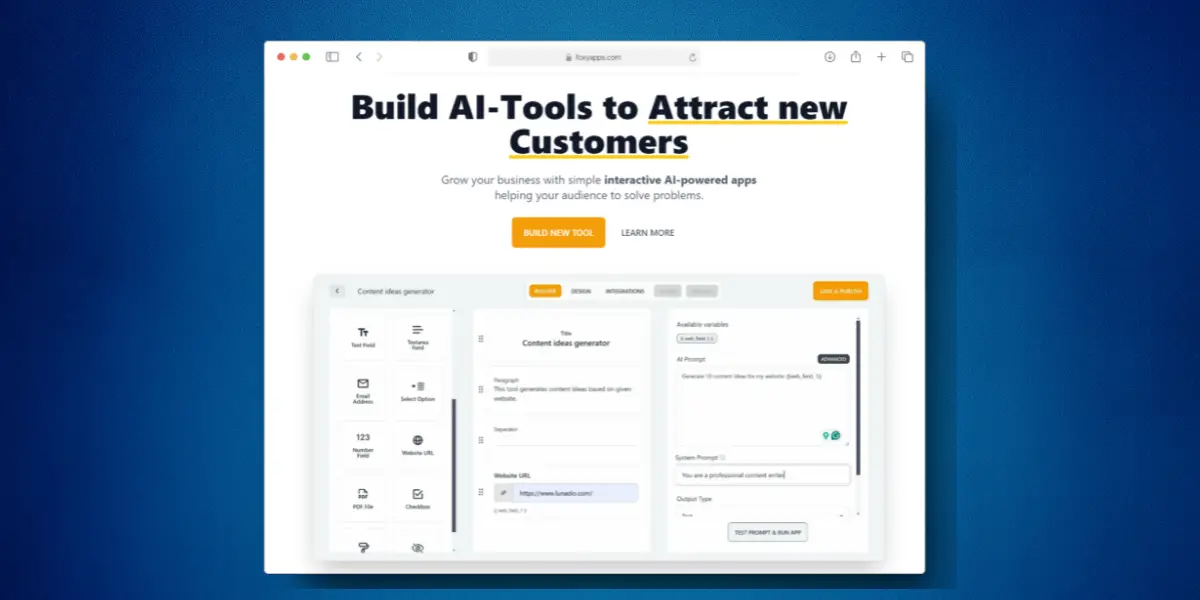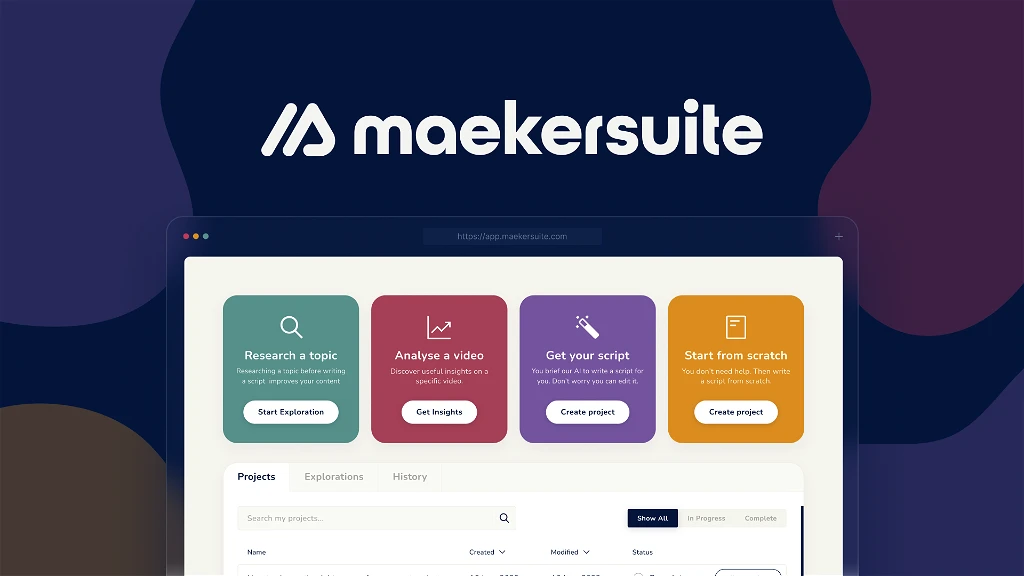The online course market has seen a steady increase in demand over recent years. In part because this is because it’s become easier than ever to create courses to sell, if you have knowledge and experience you can package it up into a course and sell it to those interested in the topic.
The scale of the opportunity is growing, according to research approximately 13 percent of people in Great Britain said they’d taken an online course, up from just 4% in 2007.

Find more statistics at Statista
If you’ve got an idea for a course you’re probably have questions such as:
- How do I become an online course creator?
- How much can you make as an online course creator?
- Which course platform is the best?
- How do I create an online course?
I’ve found 3 brilliant tools to help you build your online teaching empire and help answer some of these questions.
1. Eurekaa.io – Online Course Research
Available from: httpss://eurekaa.io
Before you set about writing, videoing and editing a full course it’s sensible to do research to check you are creating a course for a topic people want to learn about. While you can do research by trawling through different online course platforms, there is a much quicker way: Eurekaa.
The tool has a very clear aim:
Online Course Creation Tool That Helps You Validate and Create Your Online Course or How-To Content in Record Time
It pulls in data from a range of online course hosting platforms and allows you to check if your idea is a good one.
Enter your topic and you’re given a comprehensive overview of how many courses are available, how long they are, estimated earnings for the course and an opportunity score (letting you know if there is demand and you should consider making the course).

The brilliant thing about this system is it makes it very easy to research what is already out there. Just click on any of the returned courses and you get to see the course description and module titles along with a range of other stats.

If the course matchs the topic you’re looking into you can add it to your research library for later reference.
Clicking through a few options and you quickly get a feel for how long the competition courses are, how much they’re charging and the topics they’re covering.
This information is gold dust, it can help you make informed decisions about your own course. Have you covered similar topics? How are you going to create a better course? Is the price viable?
Not sure what topic to cover? Conduct platform research to see what courses are doing well. At the time of writing, you can gain information from:
- Udemy
- Coursera
- Spotlight
- Lynda
- Creative Live
- Lurn
- Skillshare
- Udacity
- Alison
The platform also helps you conduct book research, pulling up books that address your chosen topics.
As you do research you’ll start to build up an idea of what should be included in your course and there is an inbuilt course outlining tool to help with this. This tool lets you review the saved courses and pull the modules they have into your own outline, making it quick and easy to flesh out your topic.

Note, this doesn’t do anything other than copy the module titles, it’s just a way to help you outline your own course and speeds that up by reducing the amount of typing you need to do.
The final element of Eurekaa is a topic or keyword research tool, giving you information on the terms being search, search volume, cost per click (for advertisement) and how much competition
Overall, Eurekaa is a great research tool for those in the course or book creation industry.
1. Mini Course Generator – Use AI to create courses
Available from: httpss://appsumo.8odi.net/4ex2Lo
If you have a website dedicated to a specific topic, adding a course could be a good way to either capture visitor email addresses or earn extra income.
Before launching a full-blown course that takes a long time to plan and film, why not create a small, cut down version, a mini course. That’s where Mini Course Generator comes in, as not only does it allow you to create mini courses, it also uses AI to help you write the content and quiz questions!

It’s a really unique use of an AI assitant, not only does it write the content, it also trys to grab relevant photos to use in the course.
If it doesn’t supply an image you can easily add media, you can add media from:
- You own media uploaded
- YouTube
- Giphy
- Unplash
Giphy and Unsplash are both integrated into the system, you just search for what you want and select it to add to that course card.
Once your done you can embed the course direectly into your website like this:
It’s such a simple to use platform, it takes less than 5 minutes to put a mini course togeather.
There are a number of other options. For example, you can add different question types and surveys, or a gateway that collects email addresses, or even a payment gateway to charge for the mini-content.
3. OnlineCourseHost – Easy to use online course platform
Available from: httpss://appsumo.8odi.net/vn9W0j
There are a number of options for online course hosting, the big names being the likes of Teachable and Thinkific. As the established players in the market they have a wide ranging feature set and demand a premium price. Enter OnlineCourseHost, a new challenger that you only need to pay once for!
I really like the easy of use of this platform, if you have your content ready to go you can be up and running in a matter of hours. You’ll need to build the course in the platform and set up payment options, but it really doesn’t take that long.
The platform aims to provide you with everything you need to sell online courses, including:
- Unlimited Students
- Unlimited Video Hosting
- Use Stripe or Paypal
- Use Your Own Currency
- Phone & Tablet Ready
- Free Helpdesk Support
- Built-in Email Marketing
I’ve experimented with a number of online course platforms and it’s rare to find one offering unlimited content and video storage, especially one offering it without a hefty monthly price tag!
Being a relatively new platform, it is still a work in progress. For example, it lists built in email marketing as a feature, but at the time of writing that is still being built and will be made available in a future update. That will be a very useful feature, allowing you to build up an email list of clients you can sell additional products to at a later date.
I also found the quiz options limited, with just the ability to add a simple question and answer format, with no other question types available. Again, it is early days and I expect to see additional features and question types rolled out in time that will allow you to test the learning outcomes and learning objectives in different ways.
Once you’ve created your course you don’t even need to worry about a website, you can connect a custom domain to the course and have a landing page build by the system. Alternatively, you can host it on the platforms URL, e.g. YOURNAME.onlinecoursehost.com.

Grab lifetime access now to avoid any monthly course hosting costs:
How do I become an online course creator?
While the above tools are all excellent and will help you on your online education journey, creating an online course isn’t as simple as it may seem. There are several steps involved in creating an online course:
- Choose a topic
- Create an outline plan
- Determine your target audience
- Decide on a format
- Create your content
If all this sounds complicated you might want to check out ‘Course in a Box‘ (AppSumo) which guides you through this process.
Let’s take a closer look at the steps involved.
Step 1: Choose a topic
Choosing a topic is the first step towards creating an online course. This is where you decide what content you’d like to include in your course.
For example, you can choose topics such as:
• How to write a resume
• How to prepare for job interviews
• How to write a book
• How to develop leadership skills
There are countless topics available for you to choose from. Try and pick something you’re interested in and have knowledge about. This is where Eurekaa comes in very helpful as it will validate the ideas you have.
Step 2: Create an outline plan
Once you’ve chosen a topic, you’ll need to create an outline plan for your course.
This means you’ll need to determine what type of course you’re going to create. For example, you can create a video course, a written course, an audio course, etc.
Next, you’ll need to determine how much information you want to cover in each section of your course.
For instance, if you were creating a video course about how to write a resume, you could break down the sections into smaller chunks.
These chunks would include things like:
• Introduction
• What makes a good resume
• Resume writing tips
• Sample resumes
• Writing a resume summary
• Cover letters
• Job search strategies
• Interviewing techniques
• Etc.
The key here is to think about what you want to teach your audience. Again, Eurekaa helps with this process by letting you research what areas existing online courses cover to make sure you’re not missing any crucial topics.
Step 3: Determine your target audience
You should see this as a new business, and with any business, be it a shop, consultancy, online business or your educational offering, you should always identify your target audience.
Who are you teaching? Who are you trying to reach?
Are you teaching people who are looking for career advice? Are you teaching people who are struggling with their finances? Are you teaching people looking to learn how to cook healthier meals?
Determine your target audience so you can better understand what they need. This can also help when writing the sales copy, understanding your audience and what problems they are trying to solve will allow you to better explain how you can help them.
Step 4: Decide on a format
Now that you’ve determined your target audience, you’ll need to decide on a format for your course.
What’s the best way to deliver your message? Should you use videos, text, images, audio, or some combination of them all?
Deciding on a format helps you create a unique experience for your audience.
Step 5: Create your content
At this point, you can take your outline and start creating all the content required. This could be written information, videos, audio or graphics.
This is where Mini Course Generator can help, give it the module headlines and it will create a mini course. You can review the text and see if it’s a good idea to expand on the topics it suggests for you main course.
Step 6: Publish your course
You can upload your course to websites like Udemy, Skillshare or host it yourself using OnlineCourseHost. Whatever platform you use, you’ll need to consider a marketing strategy.
One of the features I like about OnlineCourseHost is the ability to offer individual lessons at no charge, or even offer an entire cut down course for free. Such a strategy allows learners to experience your online course content and can lead them to buying into a more expensive offer from you.
How much can you make as an online course creator?
The big question everyone considers before entering into the online education industry is will it be worth it? How much can I make?
It is impossible to know how much you will make as an online course creator as there are a lot of factors such as the topic, the demand and your marketing. Unsuccessful courses will earn nothing, while others can end up earning hundreds of thousands, if not millions, over many years.
Eurekaa helps research if you’re looking into a profitable topic by allowing you to see the competition and estimates regarding the number of students and the amount made. This isn’t a guarantee you’ll be as successful online as existing educators, but it does help you decide if you want to get into the online course business.
Which course platform is the best?
This will largely depend on the features you need. Do you want video hosting? Coupons? Marketing features?
For new creators, OnlineCourseHost offers excellent value for money, giving you unlimited students, unlimited courses and unlimited video hosting. Those looking for a more mature platform should consider FreshLearn, Thinkific or Teachable.
Providing you keep a backup of all training materials you create, it is possible to move between platforms, but it is a lot of work, so I would strongly recommend researching all platforms, the features they offer, and the monthly cost, before commiting.
How Can Spayee Course Platform Help Online Course Creators with Tools and Features?
With the Spayee course platform deal, online course creators can access a wide range of tools and features to enhance their content. From easy course creation and customization to marketing and student engagement, the platform offers everything needed to create and sell successful online courses.
Final Thoghts
There is no way to guarantee your online course idea will lead to success, even if you run amazing marketing campaigns. However, you can save yourself a lot of time and money by properly researching the existing landscape with Eureka, and hosting via OnlineCourseHost for a one-off charge instead of paying monthly to established platforms.
Source
httpss://www.statista.com/statistics/286318/e-learning-taking-courses-online-in-great-britain/





